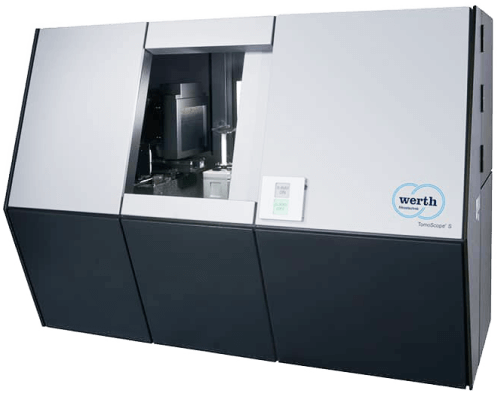- Last updated: 12.06.2020
- Explanation
A 3D scanner generates a point cloud. Each point in the point cloud is a measurement point that the 3D scanner has detected on the object’s surface. Each point has an XYZ value that determines its position in the coordinate system. In addition to the XYZ coordinates, certain point clouds can also store the color and light intensity of the measurement point. A direction vector can also be assigned to each point—this indicates the direction in which the point is oriented.


















